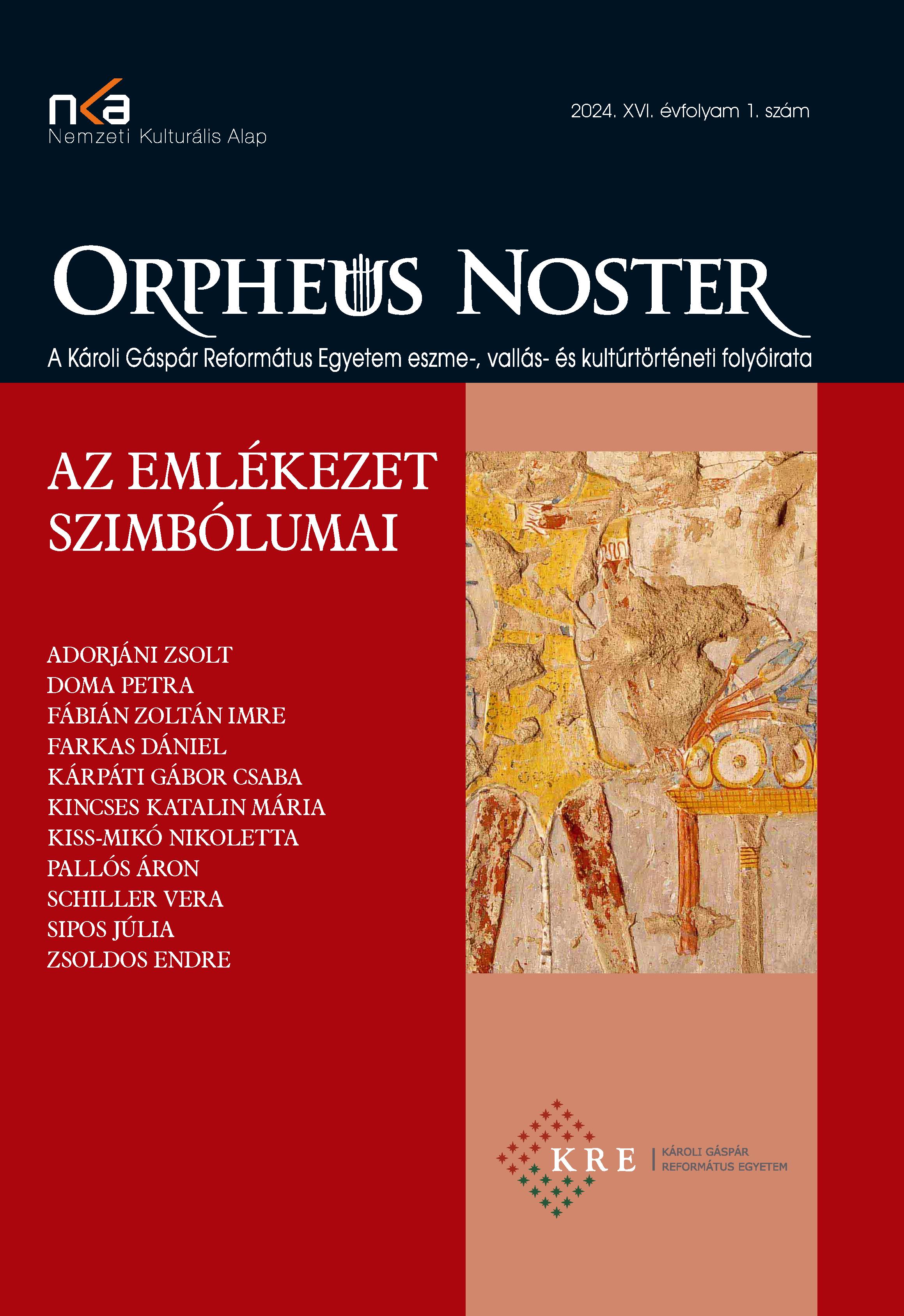Memory and Mortuary Cult – Issues of the Relative Chronology of Some Ramesside Tombs in Thebes
Abstract
In this paper, new information is offered in relation to one of the most important constituting elements of the decoration of Theban Ramesside rock-cut tombs (the so-called offering scenes) for a more precise dating of these burial monuments. In these scenes, the mortuary cult is depicted by representing the deceased person receiving offerings. The inscriptions accompanying the representations frequently identify not only the deceased but also other persons. Now, after the excavations of three tombs on El-Khokha hillock (TT32, TT183, TT184), which have been regarded as near-contemporary, the representations of the offerings and the texts make it possible to propose a more reliable chronological approach. The motives and the texts of the three tombs are worth examining together, since, besides the similarities of their architectural and decoration programs and beyond the mere chronological aspects, they can also provide
further information regarding their traditions.


